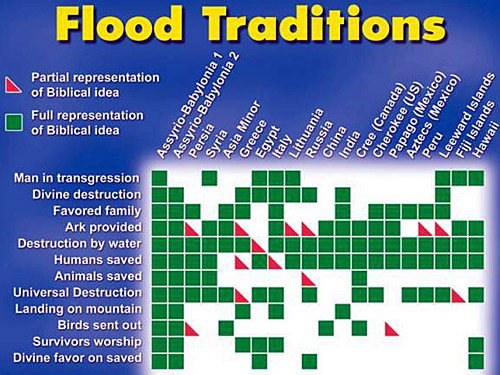
“Could these two stories—one cast in culture, the other written on land—be telling different versions of the same affair?”
This is what David Montgomery was forced to ask himself after visiting Tibet and looking around the land near the deepest gorge in the world. He could see where flat terraces of land had formed on the ancient shoreline of a long-gone lake – where rivers had entered the lake and deposited sediment in deltas. And then there was the myth of a lake that used to be there, and the story of how the lake was emptied.
“I came to Tibet in the spring of 2002 to investigate a geologic mystery: How had the mighty Tsangpo River cut through the rising Himalaya to carve the deepest gorge in the world? Origin questions like this one fascinate me. I’m a geomorphologist—I study landforms and construct scientific narratives to explain the evolutionary processes that created and molded them. For years, I believed that my stories stood apart from myth in that they were forged in the topography of real landscapes—in the shape of hills to the lay of valleys. But that was before I visited the Tsangpo.”
“At the head of the gorge (which at its deepest depth drops the river almost 20,000 feet below the surrounding peaks), we found the eroded remnants of a glacial moraine—dirt and rocks pushed downhill by flowing ice. Debris appeared on both banks of the Tsangpo, indicating that a glacier advancing down the flanks of a nearby mountain had bulldozed a colossal dam of earth and ice over the river. The barrier had sealed off the valley, and the river had swelled to form a massive lake. But the water-worn form of the moraine told us that the dam hadn’t lasted. When it broke, a wall of water raged down the steep, narrow gorge at hundreds of millions of gallons per second—surpassing the discharge of the Amazon.
This discovery was electrifying. In reading the land, we had unearthed a grand geological saga long lost to history. Or so we thought. One day, as we bumped along past a small peak ringed by terraces, one of my graduate students told a story he’d read in a guidebook. The peak, he said, marked the site of a kora—a Tibetan Buddhist pilgrimage—commemorating how the spiritual teacher Padmasambhava, also known as Guru Rimpoche, brought Buddhism to Tibet. According to legend, Guru Rimpoche converted the people from animism through a series of miracles, which included defeating a demon who dwelled in a great lake. How did the guru beat the demon? He drained its lake.”
“The late geologist Dorothy Vitaliano coined the term geomythology in the 1960s to describe oral lore that explains peculiar landforms or references geological cataclysms—earthquakes, fires, floods, volcanic eruptions, diverted waterways, or the sudden emergence or disappearance of islands. Like most geologists, I once dismissed these accounts as imaginative fantasies. Embellished with supernatural details and shrouded in the language of myth, they rung no truer than science-fiction yarns about Martian colonies and cyborg races. There is some evidence, however, that many geomyths are in fact grounded in events that actually happened.
The story of the great flood is one of the oldest and most widely told. A version of this legend appears in so many cultures that some pseudoscientific theorists have invoked its ubiquity as evidence of a global flood. But while flood myths share common elements—catastrophic inundation; a harrowing escape, usually by boat—the nature of the deluge varies from region to region. And the differences are telling. Often, the features of a fabled flood bear a striking resemblance to local geological processes, suggesting that many myths record real catastrophes witnessed in antiquity.”
Full article HERE –
The Real Landscapes of the Great Flood Myths
* I devoted a chapter to world mythology on similar “myths” to help make my point about cycles of recurring, periodic, and predictable cataclysms that devastate civilization in my book: End Times and 2019

The Maya tell us “stories” about the last time and the next time – and I believe their “next time” refers to a cataclysm at the end of a seven year period that began when their Long Count calendar ended on December 21, 2012. In the middle of those last seven years we have June 6, 2016 – a 6/6/6 type date that not only fits Daniel’s timeline for the Antichrist, but is also the date of an astronomical alignment pointed to by the Great Pyramid of Giza, and also exactly one 49 year jubilee after the Israeli recapture of Jerusalem ended “the time of the gentiles,” and also is the date of….
Read – Antichrist 2016-2019: Mystery Babylon, Barack Obama & the Islamic Caliphate

